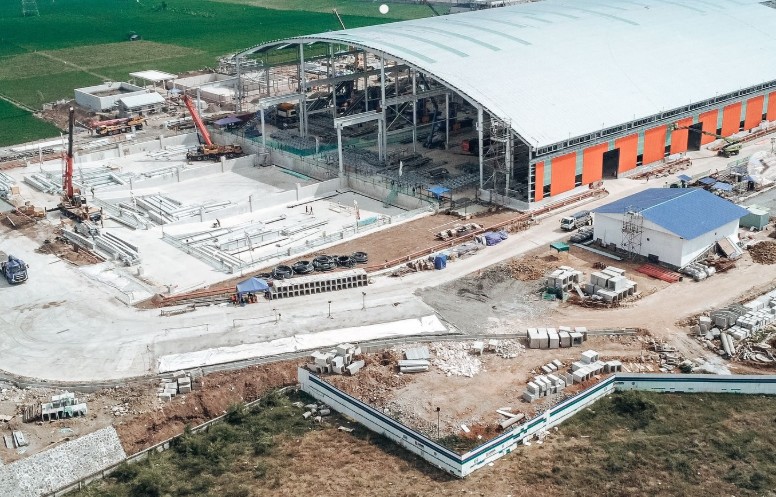Jakarta’s Rorotan RDF Plant to Tackle Microplastic Menace by 2025
The Indonesian capital is gearing up for a cleaner future. Jakarta’s much-anticipated Refuse Derived Fuel (RDF) Rorotan facility in North Jakarta is slated to go fully operational by November 2025, marking a significant stride in the city’s ongoing battle against microplastic pollution.
The initiative, spearheaded by the Jakarta Environmental Agency, aims to transform the way the city processes waste, and in turn, protect the environment from one of its most invisible threats: microplastics.
“Directly, it will reduce the impact of inadequate waste processing, which contributes to the dangers of microplastics,” said Asep Kuswanto, Head of Jakarta’s Environmental Agency, during a press briefing at City Hall on Friday, October 24, 2025.
The Rorotan RDF installation will convert non-recyclable waste into an indispensable energy source, reducing reliance on traditional tips
like the Bantargebang Disposal Area in Bekasi.
The point, formerly notorious for towering stacks of scrap, has long been suspected of contributing to airborne microplastics that latterly fall to the ground with downfall.
By diverting tonnes of plastic waste down from Bantargebang, officers are hopeful that this ultramodern waste-to-energy approach will help check the spread of microplastics in both the air and water systems.
Asep added that waste reused at the installation could also be repurposed as energy for artificial brume boilers, particularly for large manufacturing operations in the Jakarta region.
The RDF Rorotan project, however, has not been without hurdles. Shortly after its soft launch in February 2025, operations were temporarily halted following complaints from nearby residents about foul odors and bank migrations.
The operation platoon took nippy action. They enhanced the exhaust gas filtration system and introduced advanced deodorizers to offset the unwelcome smells.
Following these advancements, the factory proceeded with its trial phase on October 1, operating at a controlled capacity between 30 and 200 tonnes of waste per day.
“It has been running well and is in accordance with the standards,” Asep confirmed.
The RDF Rorotan plant is not just another waste project; it’s a technological statement. With three massive waste bunkers capable of handling 2,500 tonnes of rubbish daily, it is among the largest RDF facilities in the world.
The infrastructure can process around 875 tonnes of waste in just 15 hours, reflecting Jakarta’s bold ambition to modernize its waste management system.
Asep remains confident that the facility, once fully functional, will not cause additional air pollution, a common worry among residents, and instead become a model for sustainable urban waste processing in Southeast Asia.
As Jakarta continues to grow, so does the urgency to find innovative, eco-friendly solutions to its mounting waste crisis.
The Rorotan RDF plant stands as a symbol of hope, one that could redefine how megacities across Asia tackle pollution and renewable energy simultaneously.
With November 2025 just around the corner, the capital’s environmental journey enters a new chapter, one powered by technology, resilience, and a shared commitment to a cleaner, greener Jakarta.






